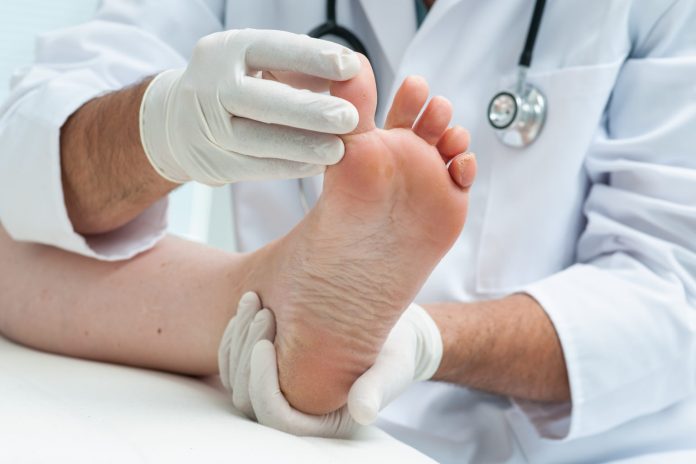Ingrown toenails Pico Robertson, Beverly Hills are a common foot condition that can cause discomfort and pain. This condition occurs when the corner or side of a toenail grows into the soft flesh surrounding it. Ingrown toenails can affect people of all ages and can cause infection if left untreated. In this article, we will explore the causes, symptoms, and treatment options for ingrown toenails.
Causes Of Ingrown Toenails
There are several causes of ingrown toenails, including:
- Incorrect toenail trimming: cutting toenails too short, rounding the edges, or tearing nails can lead to ingrown toenails.
- Hereditary factors: some people are born with nails that are more likely to become ingrown.
- Footwear: shoes that are tight or crowd the toes can also contribute to ingrown toenails.
- Injury: trauma to the toenail or toe can cause the nail to grow into the surrounding skin.
- Fungal infections: if left untreated, fungal infections can cause the toenail to thicken and become more likely to become ingrown.
Symptoms Of Ingrown Toenails
The most common symptoms of ingrown toenails include:
- Pain and tenderness along the side of the toenail.
- Redness and swelling around the affected nail.
- Warmth around the toe.
- Pus or drainage from the affected area.
- Bleeding around the nail.
Treatment Options For Ingrown Toenails
There are several treatment options for ingrown toenails, depending on the severity of the condition:
- Soak the affected foot in warm water for 15 to 20 minutes, three to four times per day, to reduce swelling and ease pain.
- Gently lift the corner of the toenail and place a small piece of cotton or dental floss underneath to encourage the nail to grow above the skin.
- Apply antibiotic ointment and cover the affected area with a bandage to prevent infection.
- If the ingrown toenail is severe or recurrent, a podiatrist may need to remove the affected portion of the toenail to allow proper healing.
- In some cases, the podiatrist may recommend a partial or full toenail removal to prevent future ingrown toenails.
Prevention Of Ingrown Toenails
Preventing ingrown toenails is easier than treating them. Here are some tips to help prevent ingrown toenails:
- Trim toenails straight across and avoid rounding the edges.
- Do not cut toenails too short.
- Wear shoes that fit properly and do not crowd the toes.
- Avoid tight socks or stockings that can put pressure on the toes.
- Keep feet clean and dry to prevent fungal infections.
- If you have a history of ingrown toenails or other foot conditions, see a podiatrist for regular foot checkups.
Conclusion
Ingrown toenails can be a painful and uncomfortable foot condition that affects people of all ages. While there are several causes of ingrown toenails, proper nail trimming, footwear choices, and foot hygiene can help prevent this condition from occurring. If you experience symptoms of an ingrown toenail, seek treatment from a podiatrist to prevent infection and promote proper healing.










